OnePlus 12 vs OnePlus Open: To fold or not to fold?
We may earn a commission if you make a purchase from the links on this page.

Intro
With phones so similar nowadays, our only real choice is whether to hop on the foldable bandwagon or choose a more conventional, non-folding device. Most of the big smartphone manufacturers, barring Apple, have introduced foldable models to their portfolios, and OnePlus is no exception.
The OnePlus Open was a very successful debut for the company. So successful in fact that the model won the "best big foldable of 2023" category in our annual PhoneArena awards article. On the other hand, we have the newly announced OnePlus 12, an absolutely conventional bar phone with really exciting specs onboard.
Both phones share some specs, and today we're going to comprehensively compare them and answer the question, "Which one should you buy?" The best big foldable of 2023, or the potentially best bar phone of 2024. Read on to find out!
OnePlus 12 vs OnePlus Open differences explained:
| OnePlus 12 | OnePlus Open |
|---|---|
| Brighter 6.7-inch AMOLED screen, 4,500 nits advertised | Bigger 7,8-inch inner folding screen, 2,800 nits advertised brightness |
| Latest Snapdragon 8 Gen 3 processor | Last year's Snapdragon 8 Gen 2 |
| Main camera uses Sony LYT-808 sensor, slightly better than the one in OnePlus Open, ultrawide and telephoto are the same | Main camera uses Sony LYT-T808 |
| Bigger 5,400 mAh battery with faster 100W wired, 50W wireless charging | 67W wired charging |
| It's substantially cheaper | Priced $1,500 even after the $200 trade-in |
| It's a bar phone | It folds and unfolds, has two screens |
Table of Contents:
Design and Display Quality
Different yet similar

When it comes to design, these two are very different yet similar phones. On the one hand, we're talking about a big foldable versus a normal bar phone; on the other hand, when you close the OnePlus Open, it clearly looks very similar to the OnePlus 12.
Of course, the OnePlus Open is larger and heavier than the OnePlus 12, which is to be expected given the different form factor. Actually, the difference in weight is not that big; the OnePlus Open in Voyager Black weighs 239g, while the OnePlus 12 comes in at 220g.
These two have very different main displays. The OnePlus Open, due to its flexible nature, comes with a folding 7.82-inch AMOLED screen with 2440×2268 resolution, while the OnePlus 12 features a more conventional (when it comes to aspect ratio and size) 6.8-inch AMOLED screen with 3168×1440 resolution.
In reality, we measured very similar real-life results: the OnePlus Open managed 1034 nits, while the OnePlus 12 came in at 1120 nits. You can see a detailed comparison below.
Of course, the OnePlus Open is larger and heavier than the OnePlus 12, which is to be expected given the different form factor. Actually, the difference in weight is not that big; the OnePlus Open in Voyager Black weighs 239g, while the OnePlus 12 comes in at 220g.
These two have very different main displays. The OnePlus Open, due to its flexible nature, comes with a folding 7.82-inch AMOLED screen with 2440×2268 resolution, while the OnePlus 12 features a more conventional (when it comes to aspect ratio and size) 6.8-inch AMOLED screen with 3168×1440 resolution.
Both displays are LTPO 3.0, which means they can go down to 1Hz and up to 120Hz with everything in between. There's a difference in brightness, as well. The OnePlus 12 claims to reach 4,500 nits of local peak brightness and 1,600 nits of typical brightness, while the OnePlus Open advertises 2,800 nits.
In reality, we measured very similar real-life results: the OnePlus Open managed 1034 nits, while the OnePlus 12 came in at 1120 nits. You can see a detailed comparison below.
Display Measurements:
Performance and Software
Generation leap
You know how it is these days; if we're talking about a flagship phone, it gets the latest processor. This means the OnePlus 12 has an advantage, as the timeframe of its debut allowed it to get the Snapdragon 8 Gen 3. The OnePlus Open, on the other hand, features a generation-old Snapdragon 8 Gen 2 chipset.
In reality, this shouldn't be a deciding factor, as mobile chipsets these days are plenty powerful. You won't notice a difference between the two phones when it comes to real-life tasks, and the only difference lies in synthetic benchmark scores. Which you will find below.
In reality, this shouldn't be a deciding factor, as mobile chipsets these days are plenty powerful. You won't notice a difference between the two phones when it comes to real-life tasks, and the only difference lies in synthetic benchmark scores. Which you will find below.
Performance Benchmarks:
When it comes to storage and RAM, there's an overlap where you can get the OnePlus 12 with 16GB of RAM and 512GB of storage, which mimics what the OnePlus Open has to offer. So, there's parity in that regard.
Now, the software situation is rather expected. The OnePlus Open launched with Android 13 onboard and offers four years of major OS updates, while the OnePlus 12 comes with Android 14 out of the box and offers the same four-year support cycle. This means it will outlive its folding sibling by one year.
Camera
Spliting hairs
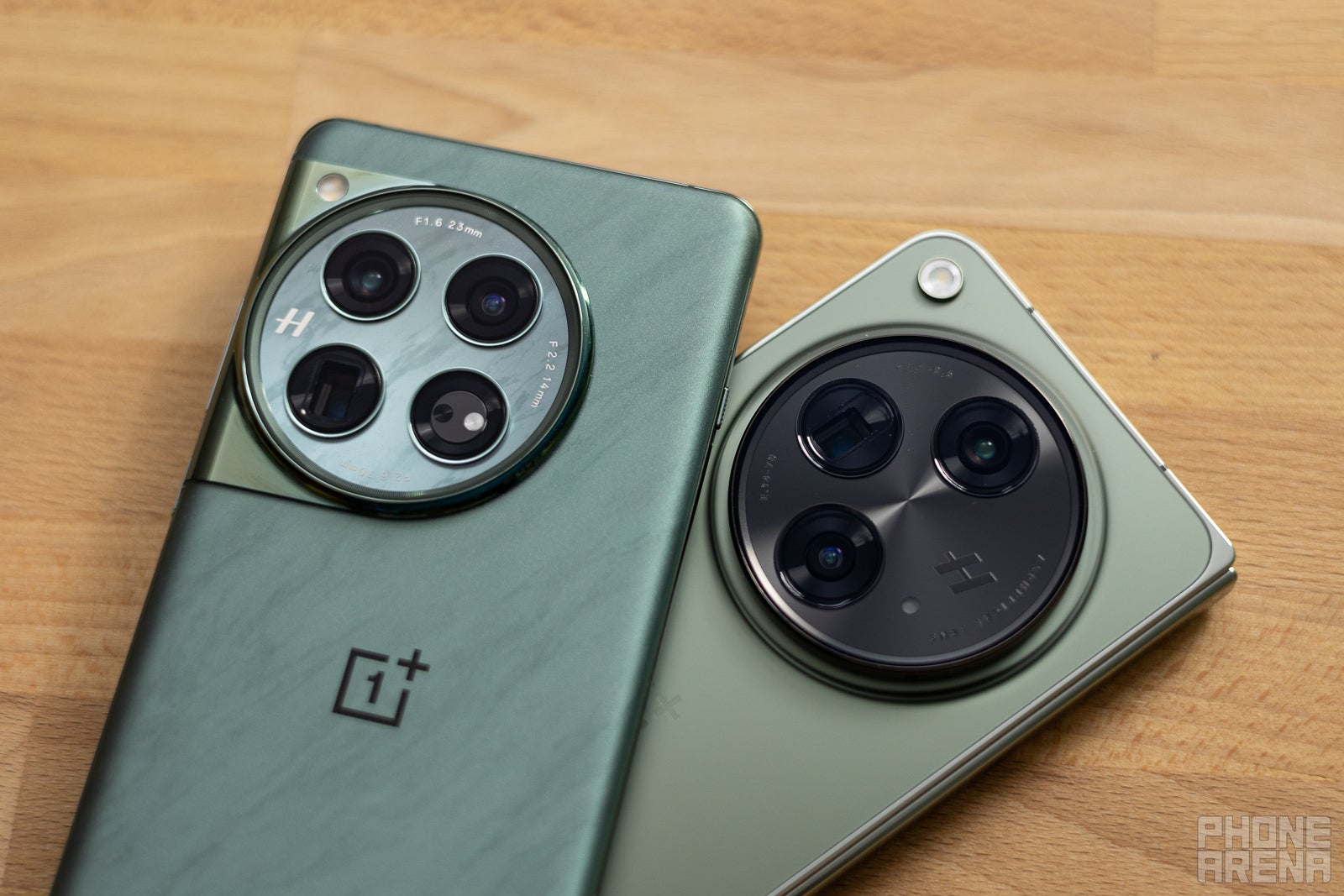
The camera systems on both phones are very similar. We're talking about the usual trio of a wide-lens camera, complimented by an ultrawide one, and finally a telephoto. The OnePlus Open and the OnePlus 12 share the same ultrawide and telephoto cameras.
The ultrawide sensor in both phones is the Sony IMX581, a 1/2" sensor with 0.8µm pixels and a 14mm f/2.2 lens on top. The telephoto uses an OmniVision 64B 1/2" sensor with 3x optical (70mm), 6x combined (145mm) (using sensor cropping) zoom, and f/2.6 aperture.
The main camera is the one that's slightly different between the OnePlus Open and the OnePlus 12. The foldable uses a Sony LYT-T808 sensor, a 1/1,43" 48MP one with a f/1,7 lens on top, giving the equivalent of 24mm focal length. The newer OnePlus 12 has a Sony LYT-808 sensor (without the T), a slightly different one; it's a 1/1.4" sensor, 50MP, 1.12µm pixel size, ƒ/1.6 aperture, and 23mm focal length.
This should result in very close photo performance (actully identical when it comes to ultrawide and telephoto shots) between the two phones. Let's check out the samples below.
The ultrawide sensor in both phones is the Sony IMX581, a 1/2" sensor with 0.8µm pixels and a 14mm f/2.2 lens on top. The telephoto uses an OmniVision 64B 1/2" sensor with 3x optical (70mm), 6x combined (145mm) (using sensor cropping) zoom, and f/2.6 aperture.
The main camera is the one that's slightly different between the OnePlus Open and the OnePlus 12. The foldable uses a Sony LYT-T808 sensor, a 1/1,43" 48MP one with a f/1,7 lens on top, giving the equivalent of 24mm focal length. The newer OnePlus 12 has a Sony LYT-808 sensor (without the T), a slightly different one; it's a 1/1.4" sensor, 50MP, 1.12µm pixel size, ƒ/1.6 aperture, and 23mm focal length.
Main Camera - Day
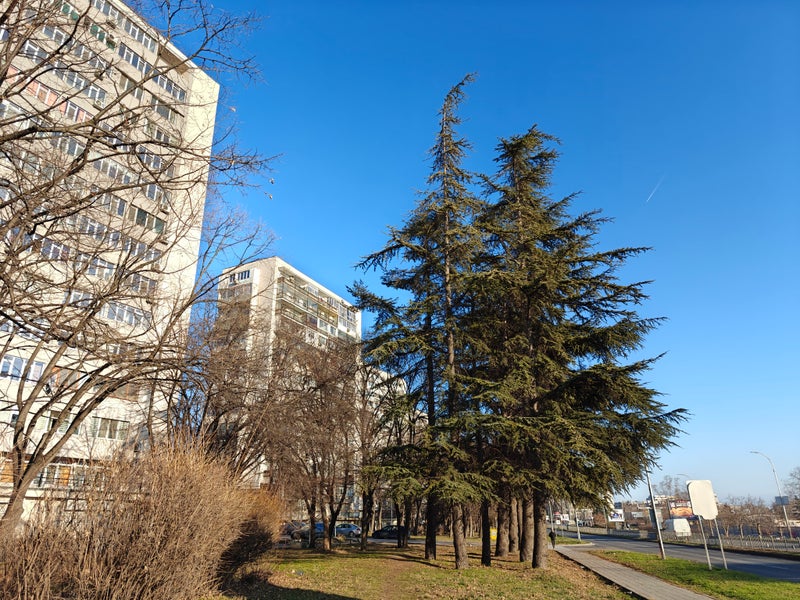
OnePlus 12

OnePlus Open

OnePlus 12

OnePlus Open

OnePlus 12

OnePlus Open

OnePlus 12

OnePlus Open

OnePlus 12
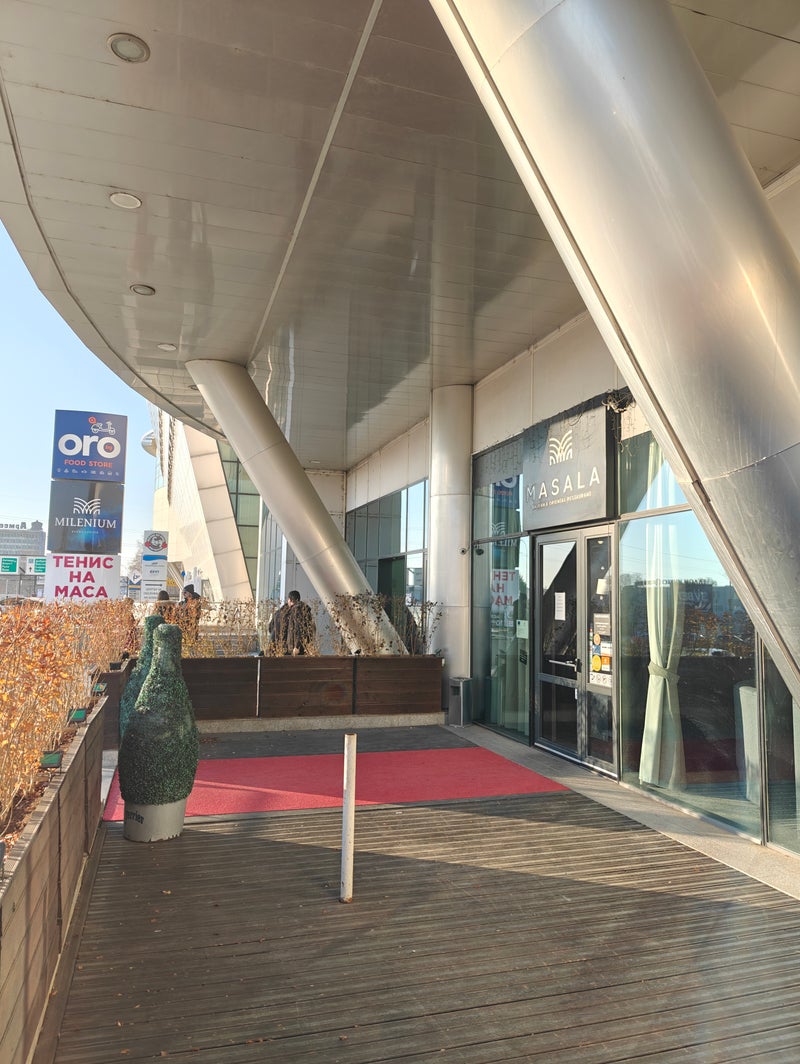
OnePlus Open
There's no huge difference in quality between these two phones, when it comes to main camera samples in broad daylight. If we're to nitpick, we would say that the OnePlus 12 offers a tad more detail and a tad wider dynamic range. The OnePlus Open samples tend to be a bit overexposed and warmer, as well. But again, miniscule differences, both look quite good.
Main Camera - Low-light
When the sun goes down, the differences between the Sony LYT-T808 and LYT-808 are more apparent. Yes, it's one letter but the OnePlus 12 does a better job at preserving detail in low lights, and produces clearer shots with better dynamic range. OnePlus Open once again overexposes the scene.
Zoom Quality

OnePlus 12 10x

OnePlus Open 10x
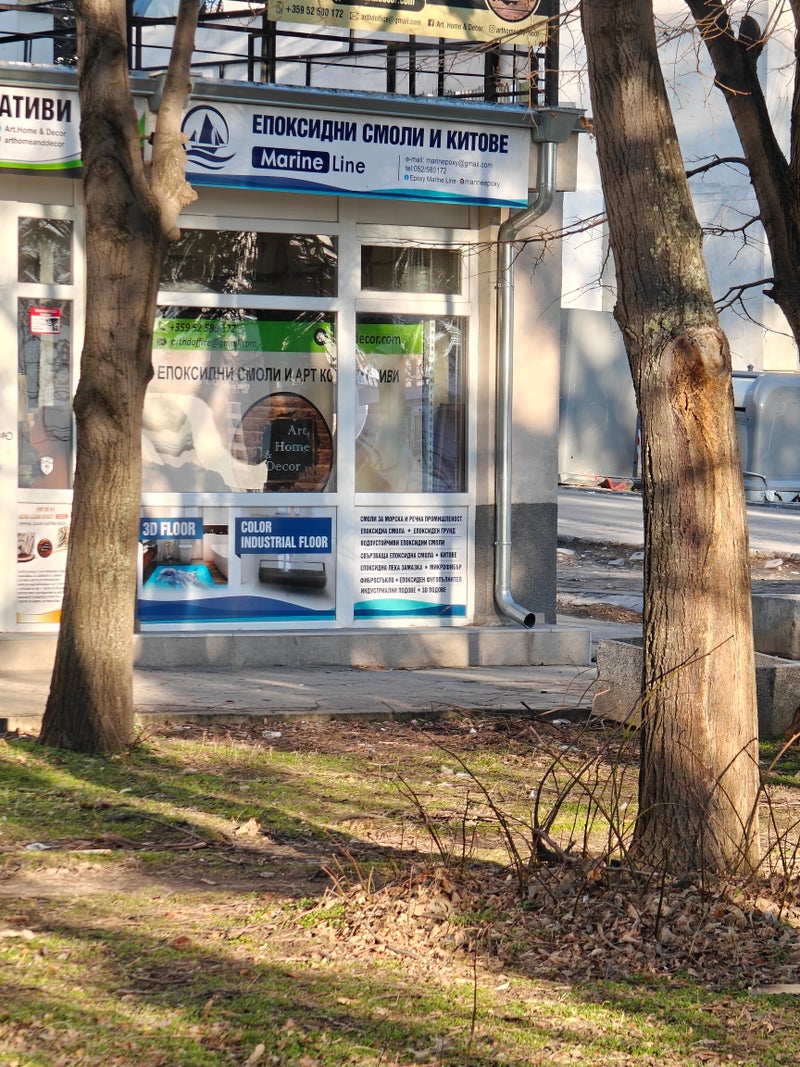
OnePlus 12 6x

OnePlus Open 6x

OnePlus 12 5x

OnePlus Open 5x

OnePlus 12 3x

OnePlus Open 3x

OnePlus 12 2x

OnePlus Open 2x
Both phones use the same OV64B sensor under a periscope zoom lens, and in native 3x and combined cropped+optical 6x zoom levels both phones perform very close. There are processing differences obviously, which seem to depend on the software, rather than the hardware. The OnePlus Open tends to overexpose and produce brighter shots, while the OnePlus 12 keeps the dynamic range wider and it seems to preserve more detail. Strange, given the identical hardware.
Portrait Mode
Portraits look great on both phones, especially the optically zoomed 3x shots. Photos are detailed with natural colors and good bokeh. The 2x cropped portrait also look nice but there are slight differences, due to the different sensors and processing, making OnePlus 12 samples a bit clearer and preserving a tad more detail.
Ultra-wide Camera
Again, the ultrawide cameras are identical on both phones, and here the samples look extremely similar. There's no way to tell these were taken by different phones. As for the quality of the pictures, it's a typical ultrawide affair, the Sony IMX581 is a very widely used sensor under ultrawide lenses across many models. It delivers decent results, especially in good lighting.
Selfies
The 32MP selfie camera inside the OnePlus 12 looks like it's taken from the OnePlus Open. After all, the foldable has too many selfie cameras anyway. Jokes aside, the selfies look very similar, but we noticed that the OnePlus 12 produces shots with more natural colors.
Video Quality

The video samples are quite similar as well. Surprisingly, the OnePlus 12 is the phone to overexpose here, especially when using the main camera in broad daylight. The OnePlus Open, on the other hand, produces a tad more saturated colors but overall the level of detail is similar between both phones.
Comes night and the OnePlus 12 again displays better quality and details, but the difference is not big. What do you think about it? Which one wins the camera race for you?
Comes night and the OnePlus 12 again displays better quality and details, but the difference is not big. What do you think about it? Which one wins the camera race for you?
Audio Quality and Haptics
Last year, OnePlus took a leap with the OnePlus 11, introducing a game-changing vibration motor that's a whopping 600mm2 in size—nearly double the size of most others out there. This unique motor added a hefty touch to user experience, bringing a crisp and strong vibrations that OnePlus compare to typing on a real keyboard.
Now, fast forward to the OnePlus 12. Building on the success of its predecessor, the custom-designed vibration motor has undergone some fine-tuning and is rolling out in its new and improved "Turbo" version. In practice, you probably won't notice a big difference between the two, vibration is strong and tight, nothing to complain about here.
Battery Life and Charging
With a big screen comes a big battery draw
The OnePlus 12 comes with a pretty hefty 5,400mAh battery, and given the fact that it only has one screen, power efficiency is rather good. When it comes to the OnePlus Open, its battery is "only" 4,805mAh, which is not bad, but when the phone has to power a 7.8-inch screen, it shows.
You can see the results of our battery tests below, and clearly, the OnePlus 12 has an advantage thanks to its bigger battery and smaller screen. It's not the end of the world for the OnePlus Open, but if you want the best endurance and battery life, the OnePlus 12 will get you that.
You can see the results of our battery tests below, and clearly, the OnePlus 12 has an advantage thanks to its bigger battery and smaller screen. It's not the end of the world for the OnePlus Open, but if you want the best endurance and battery life, the OnePlus 12 will get you that.
PhoneArena Battery Test Results:
Now, when it comes to charging, there are again differences, but they're not that big this time. The OnePlus 12 comes with 100W wired charging support (although in the US this might be capped at 80W), while the OnePlus Open hits the limit at 67W.
On paper, this might seem much slower, but in reality, the difference between the two phones 0 to 100% charging times is just 5 minutes. In the lower percentages, where the charger pumps in more juice, the difference is more prominent, but we charge our phones mostly at night and mostly up to 100%, so I wouldn't say that the 100W charging is that much of an advantage. It's great for short top-ups, though.
On paper, this might seem much slower, but in reality, the difference between the two phones 0 to 100% charging times is just 5 minutes. In the lower percentages, where the charger pumps in more juice, the difference is more prominent, but we charge our phones mostly at night and mostly up to 100%, so I wouldn't say that the 100W charging is that much of an advantage. It's great for short top-ups, though.
PhoneArena Charging Test Results:
PhoneArena Wireless Charging Test Results:
Specs Comparison
Below you will find a quick specs comparison. You can go and check out our detailed comparison between both phones on our phone comparison page.
| OnePlus 12 | OnePlus Open | |
|---|---|---|
| Size, weight | 6.47 x 2.98 x 0.36 inches (164.3 x 75.8 x 9.15 mm) 7.76 oz (220.0 g) | Unfolded 6.04 x 5.63 x 0.23 inches (153.4 x 143.1 x 5.8 mm) Folded (153.4 x 73.3 x 11.7 mm) 8.43 oz (239.0 g) |
| Screen | 6.8" OLED LTPO 1-120Hz 4,500-nit peak brightness | Main screen: 7.82" AMOLED, 2440x2268, LTPO 3.0 (1-120Hz), sRGB, DCI-P3 Cover screen: 6.31" AMOLED, 2484x1116, LTPO 3.0 (1-120Hz), sRGB, DCI-P3 2,800-nit peak brightness |
| Processor | Qualcomm Snapdragon 8 Gen 3 4 nm | Qualcomm Snapdragon 8 Gen 2 4 nm |
| Storage, RAM | 256 GB / 12 GB 512 GB / 16 GB 1 TB / 16 GB 1 TB / 24 GB | 512 GB / 16 GB |
| Cameras | Wide: 50 MP, F1.6 Ultra-wide: 50 MP, F2.2 Telephoto: 64 MP, 3x | Wide: 48 MP, F1.7 Ultra-wide: 50 MP, F2.2 Telephoto: 64 MP, 3x |
| Battery | 5,400 mAh | 4,805 mAh |
| Charging | USB-C 100 W wired 50 W wireless | USB-C 67 W wired |
Summary and Final Verdict
The OnePlus Open and OnePlus 12 are two conceptually different phones, yet they share the same DNA and the same OnePlus pedigree. They both come with great screens, ample processors, and almost identical camera systems on the back.
Granted, there are subtle differences here and there, but the overall package is almost the same. The OnePlus 12 has a newer processor and faster charging, plus a bigger battery, but all these translate into minor real-life differences. Ones that you may or may not even notice.
So, the final choice here, the denominator, lies in the phone experience you're looking for. Do you want to be able to unfold your phone and interact with a bigger screen, or are you satisfied with the conventional bar-phone experience?
Last but not least, there's the price. The OnePlus Open starts at $1,699, and even after the $200 trade-in (any phone in any condition), it's still a $1,500 phone. The OnePlus 12, on the other hand, costs almost half of that and offers everything that its folding cousin has and then some.
So, it's rather simple, actually. If you want a foldable, go for the OnePlus Open; it's currently the best one to get. If you prefer to go the traditional route and save some money, get the OnePlus 12. It's an amazing flagship.
So, the final choice here, the denominator, lies in the phone experience you're looking for. Do you want to be able to unfold your phone and interact with a bigger screen, or are you satisfied with the conventional bar-phone experience?
Last but not least, there's the price. The OnePlus Open starts at $1,699, and even after the $200 trade-in (any phone in any condition), it's still a $1,500 phone. The OnePlus 12, on the other hand, costs almost half of that and offers everything that its folding cousin has and then some.
Follow us on Google News








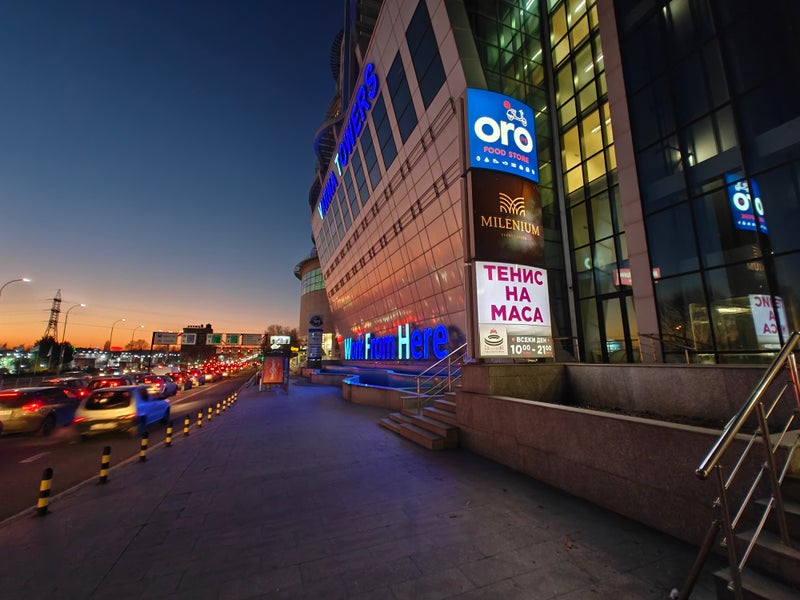

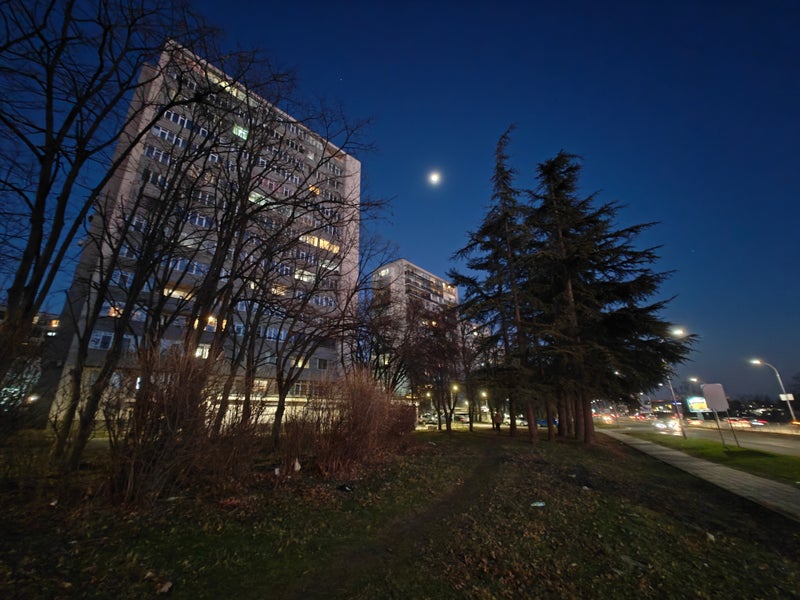
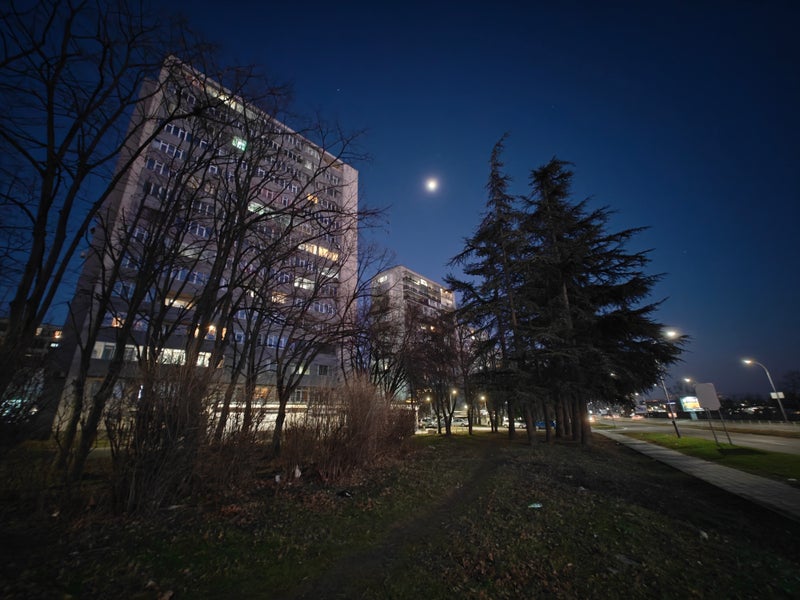









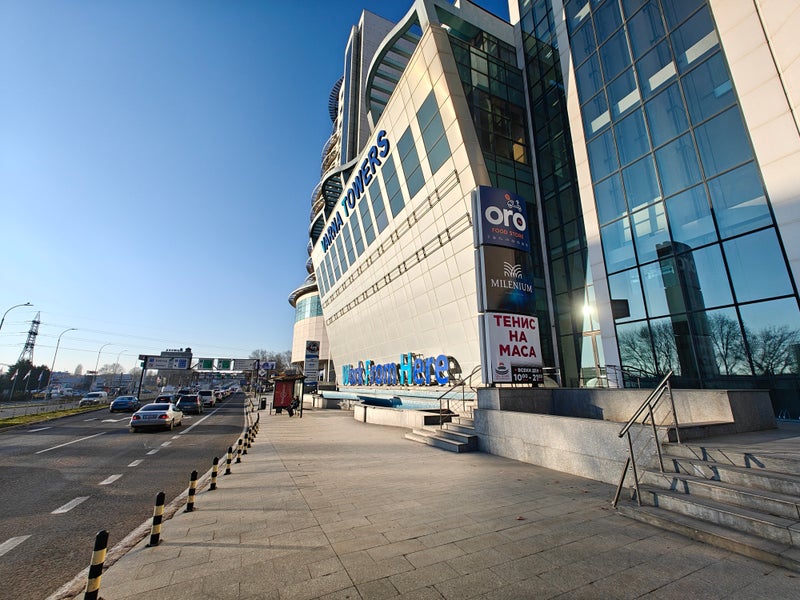

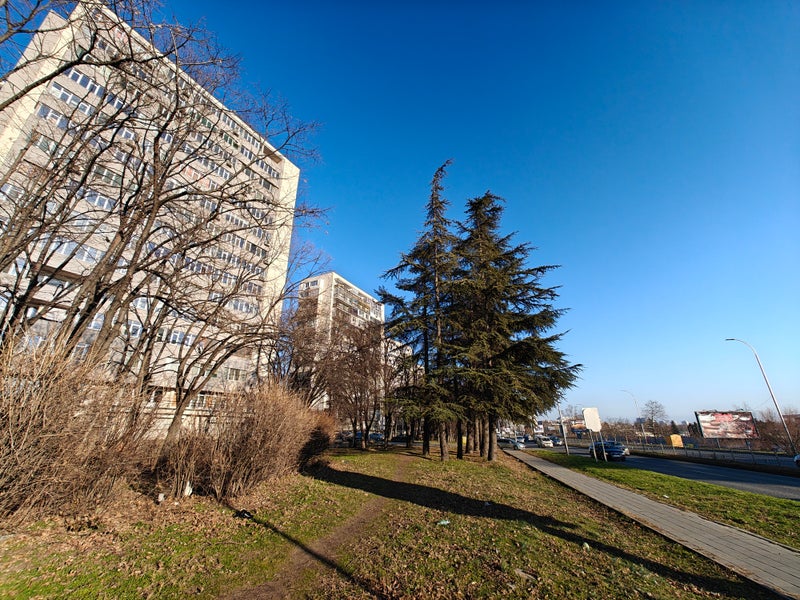








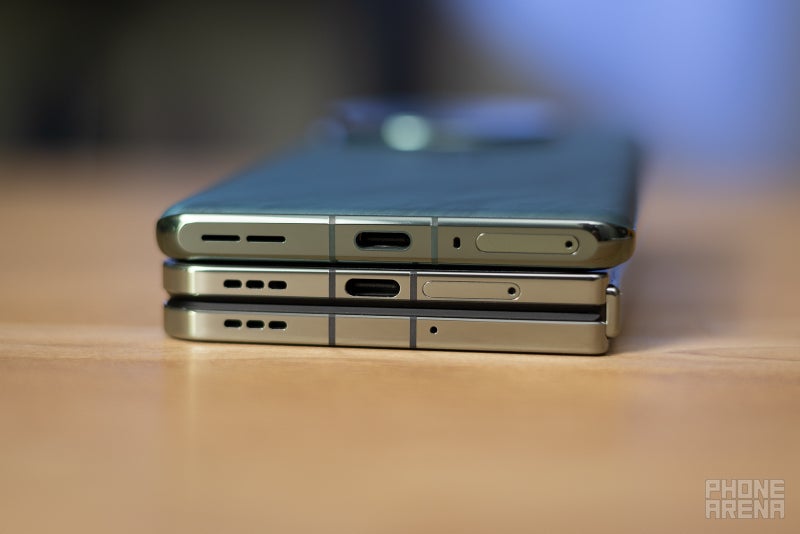
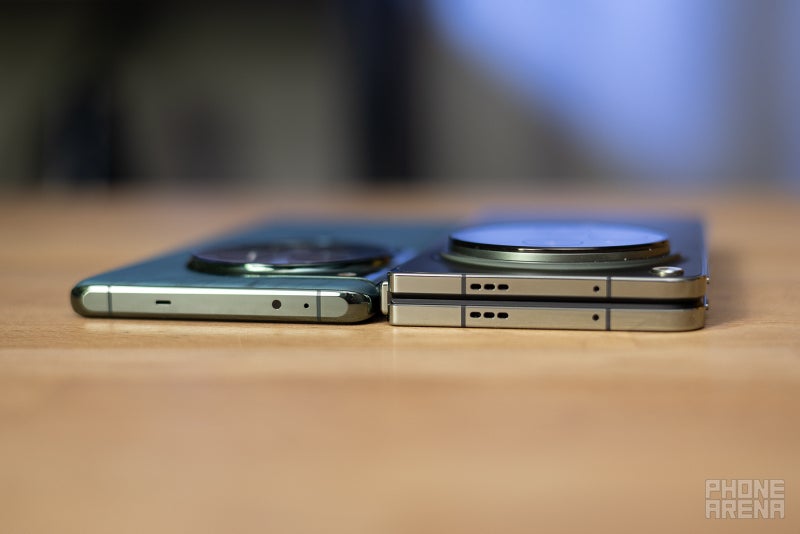



![Some T-Mobile users might be paying more starting in March [UPDATED]](https://m-cdn.phonearena.com/images/article/176781-wide-two_350/Some-T-Mobile-users-might-be-paying-more-starting-in-March-UPDATED.webp)









Things that are NOT allowed:
To help keep our community safe and free from spam, we apply temporary limits to newly created accounts: